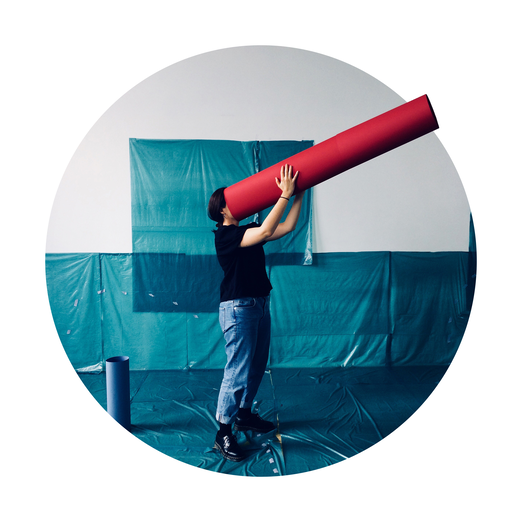AINA ROCA MORA
RESEARCH AND METHODOLOGY STATEMENT
Aina Roca is an architect and researcher based in the Netherlands. She has grown a multidisciplinary interest in space, which have taken her to carry a research that brings together her love for her profession and her passion for cinema.
With her research she looks for ways to study cinematographic spaces from an architectural point view, in order to use the concepts in both disciplines. She works with scale models to be able to develop further that concepts into real space and to study the relationship between object, observer and space. Her goal is to keep developing this research and be able to use it as a teaching tool.
Aina works at the intersection between architecture, performative installation and research. She uses experimental processes to develop a research on the framed image. She collaborates as a freelance with several architecture studios and as an educator.
* * *
I have a deep interest in cinematographic composition, which includes the movement in the space and the framing of it. Specifically, composition of layered spaces where framed architecture and movement can activate the imagination.
My research question is: How can the specificity of a perspective trigger spectator’s imagination?.
To be able to research on this and get to conclusions, I work with models. Modelling let me do a representation of reality, with them I have complete control of the composition of the space. Working with models make me be aware of two things:
First, working with scale, shape, colour, composition, material, thickness... gives me a methodology to research about the model as an autonomous object and its identity. It is also fundamental to understand that the model is a static object, usually used as a tool to understand space, so in order to make it performative there has to be a change of perception. I want the model to become the character, the main performer. To do so the model must contain or trigger a narrative, this causes a change in the understanding of the object as an empty container to become a potential reality in itself.
Secondly, I study the perception of the spectator towards the model. Which is the approach of the observer towards the object? Does he move around it? Does he need a tool to be able to look at it?
There are then two main elements in my process: the model as a character and where it is placed and the approach towards both things by the spectator.
My main study is about HOW we look at things, and how this specificity can become crucial in the understanding of narratives, but also it is a way to deconstruct the space that surrounds us and to be able to understand its characteristics.
